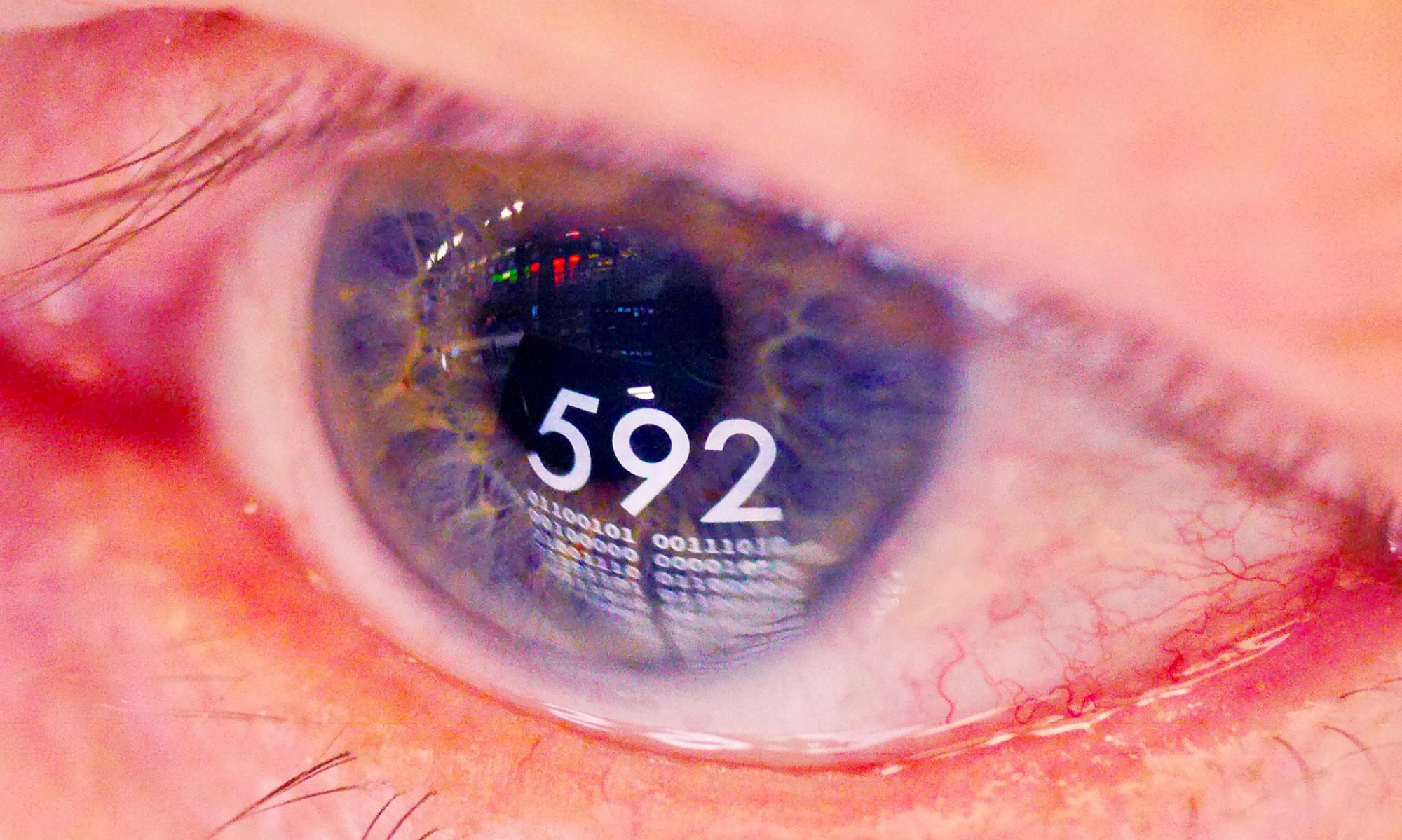Concrete is a remarkable building material, it’s ubiquitous use allows modern architects almost full rein over their creative visions, the gigantic proportions of the preferred geometric shapes and forms are no longer limited in scale by the antiquated use of the common brick, particularly when reinforced with steel.
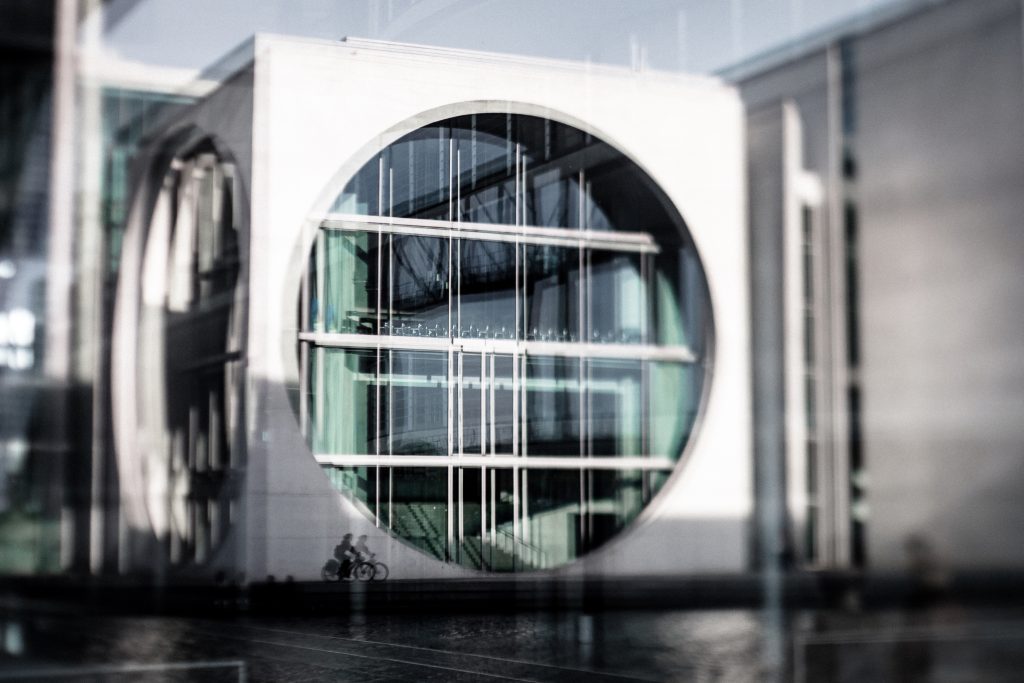
It’s actually one of the oldest known building materials, dating back over 3000 years, but this chemical marvel also has a dark side, it’s use is responsible for maybe up to 8% of total global CO2 emissions.

Cement, one of concrete’s main ingredients, is produced by heating limestone in giant kilns, this process requires inordinate quantities of energy, usually in the form of fossil fuels, which is then only compounded by the fact that the heating process breaks limestone down Into its component parts: the desired lime and the unwanted carbon dioxide, which is then just pumped into the atmosphere.
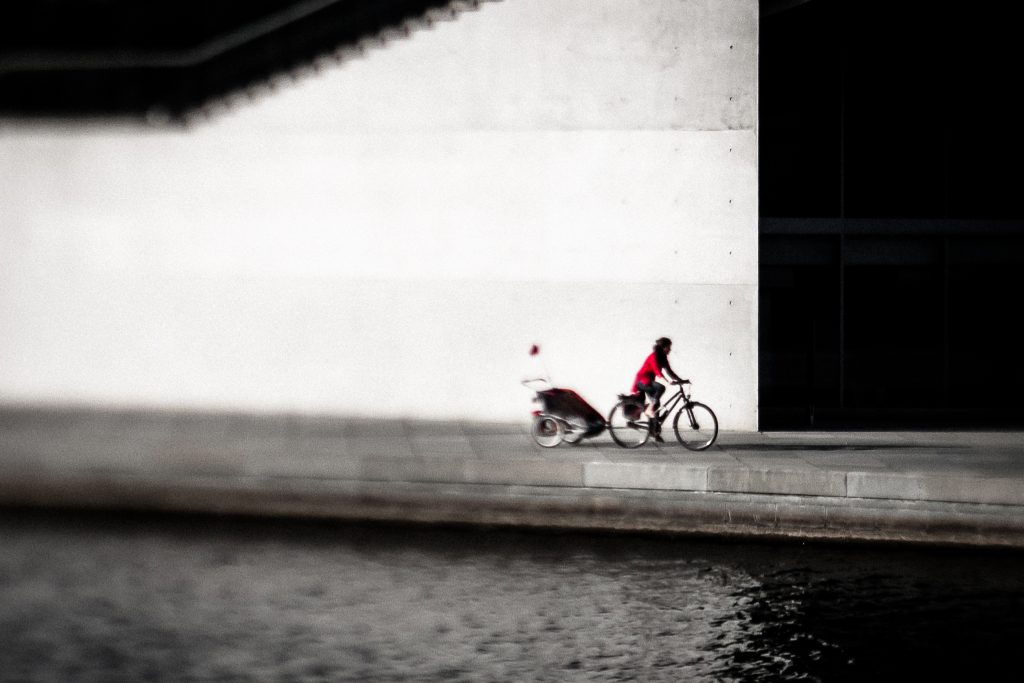
But modern life probably just wouldn’t be possible without it, it’s everywhere, solving just as many problems as it creates.
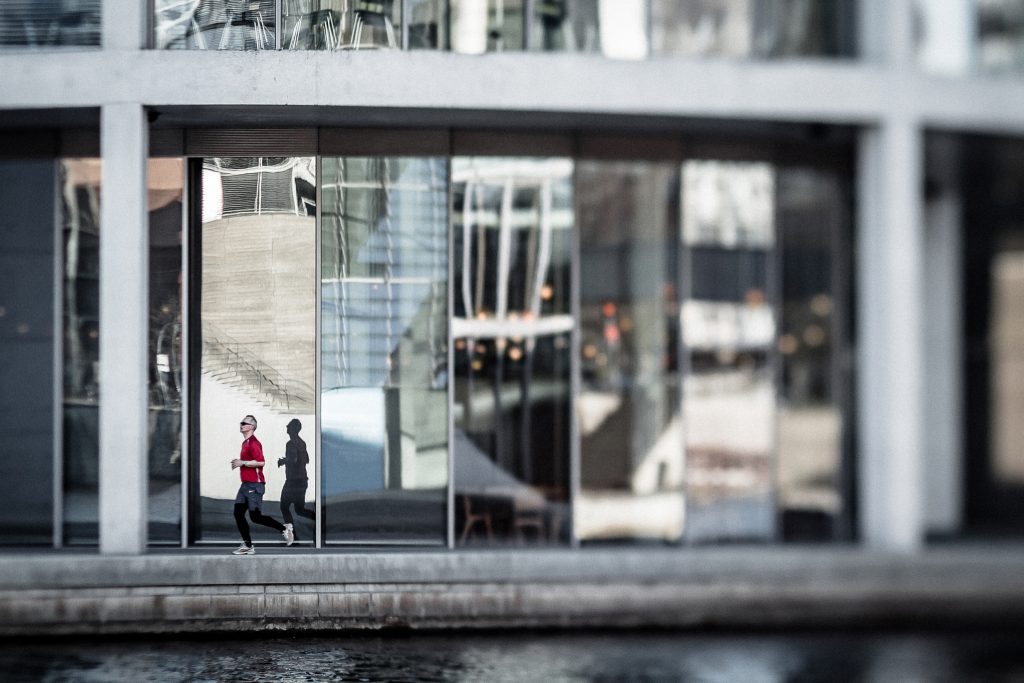
And where else on planet Earth is so much of this versatile and yet climate-destroying material on public display than in environmentally friendly Germany, its very own new government quarter in central Berlin, hugging the banks of the river Spree.
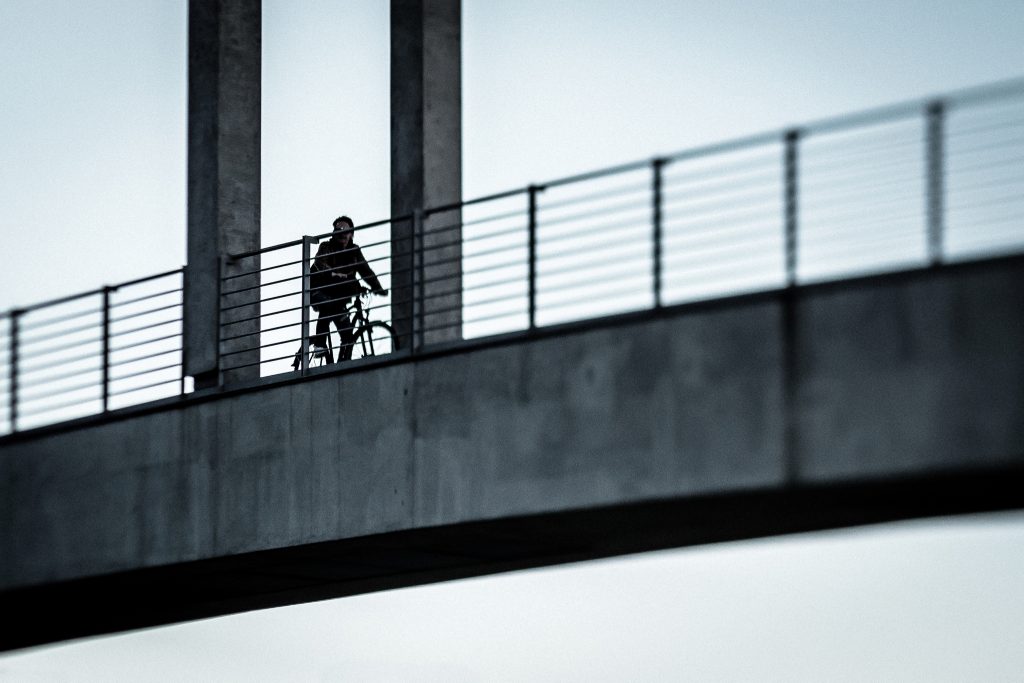
A mass of bold geometry, the use of basic forms vying with created spaces between, the architecture is visually quite stunning and deceptively simple, only modern construction techniques allow such grace.
Image Gallery
Photosphere
- Fotomarathon, Berlin 2016
- Urban Photo Race, Berlin 2017
- Micro Location: Graffiti
- The Crack In The Pavement
- Satan’s Pile
- Heroes, some remembered, most forgotten
- Waldmeister ist Retro
- Altstadt Spandau U-Bahn station
- Concrete, where architecture meets climate change
- That industrial look
- City glass, a very public gallery
- The Hauptbahnhof, a monument to success
© Andrew James Kirkwood – 2024
